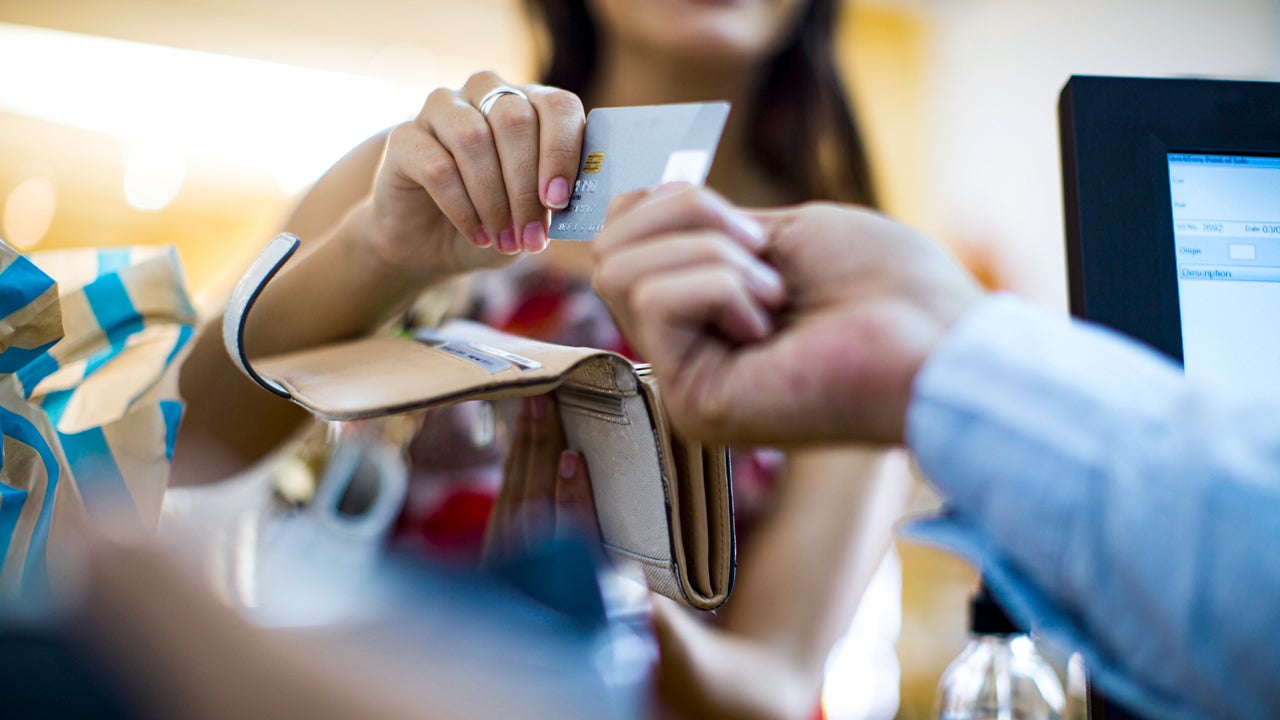What is a negative balance on your credit card?

Key takeaways
- A negative balance on a credit card is typically a positive sign, indicating that the consumer has overpaid for something or received a statement credit.
- Negative balances can result from refunds, statement credits or autopay settings.
- If a credit card account with a negative balance is closed, the issuer will typically refund the money before closing the account.
Your credit card balance represents the purchases you’ve made during a billing cycle, as well as any interest charged. If you pay off your credit card each billing cycle, you will have a zero balance.
However, if you decide to carry a balance on your credit card, you’ll be responsible for paying that balance plus whatever interest is applied. But what does it mean if you have a negative balance on your credit card?
What does a negative balance on a credit card mean?
No one wants a negative balance on their bank account. But thankfully, a negative credit card balance is often positive.
A negative credit card balance typically means the issuer owes you money toward your account.
This can happen in the event of a refund or statement credit, or when you overpay more than what you owed in total on the card. In either case, you may see a negative number where your statement balance would normally show what you owe (or “$0” if you didn’t owe anything).
Since this is money the issuer owes you, you can safely spend up to this amount before you begin dipping back into your credit line.
Money tip: Any money that is credited back to your account as a refund or statement credit will show up with a minus symbol in front of the dollar amount on your transactions.
How can you get a negative balance on your credit card?
There are a few common reasons you might find yourself with a negative credit card balance:
- You overpaid for something at some point. That might mean paying for a purchase that requires a refund or paying off a balance before a statement credit is issued. The negative balance is, thankfully, a sign that your money is being returned to you.
- You received a card refund. Whether you’ve returned a purchase or gone through the process of disputing a charge, a negative balance is a sign that your funds were returned. For example, you buy a sweater for $75, but decide to return it. If your credit card balance is zero at the time of your refund, your balance will be -$75.
- You earned a statement credit after you’ve paid your balance. Cash back rewards cards often offer cash back in the form of a statement credit. If the statement credit is larger than the amount of your balance when it’s issued, you will see a negative credit card balance. This could easily happen if you have autopay set up for a fixed amount on your credit card account. It could also happen if you pay off purchases before you receive your credit card bill.
What should you do about a negative balance?
If you notice that you have a negative balance on your credit card, there is no need to panic. You don’t have to do anything, but here are some possible actions to take:
Call your issuer
If you have any doubts about why you have a negative balance, call your issuer. The card issuer should be able to give you a clear explanation of what caused the negative balance. Most card issuers have a specific way of handling negative balances, so a call can give you some clarification.
Request a deposit
When you have a negative balance, you can request that the amount of that balance be deposited into your bank account. You can do this because a negative balance is similar to a statement credit.
If you’d prefer, you can also request a check, money order or even cash in the amount of the negative balance. Simply call your card issuer and let them know that you would like the negative balance to be converted.
Make a purchase
If you have a negative credit card balance, you don’t have to actually do anything. You can make purchases on your credit card as you normally would. Just keep in mind that you have a sort of short-term credit for whatever the negative balance amount happens to be.
For example, if you have a balance of -$100 on your rewards card, you won’t add to your new balance until you’ve spent more than $100. You don’t have to spend a negative balance immediately or all at once. You can simply maintain your normal spending habits until your balance is back to zero.
What to do with a negative balance on a closed credit card account
If you are closing a credit card account with a negative balance, the issuer will most likely refund the money before officially closing the account. There are a handful of scenarios where it may not be that simple, however.
For instance, you may find yourself with a negative balance as your account is about to officially close. Your online access may already be cut off at this point, so you’ll want to contact your issuer and request a refund as soon as possible.
The bottom line
There’s little to worry about if you have a negative credit card balance, as negative balances reflect money owed to you by your credit card company. But no matter the cause of the negative balance, make sure you receive the value of that balance owed.
Why we ask for feedback Your feedback helps us improve our content and services. It takes less than a minute to complete.
Your responses are anonymous and will only be used for improving our website.






